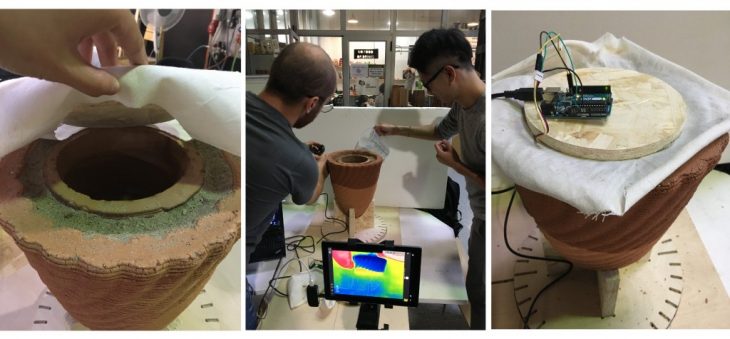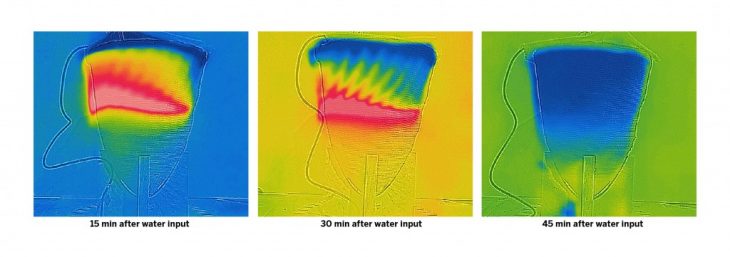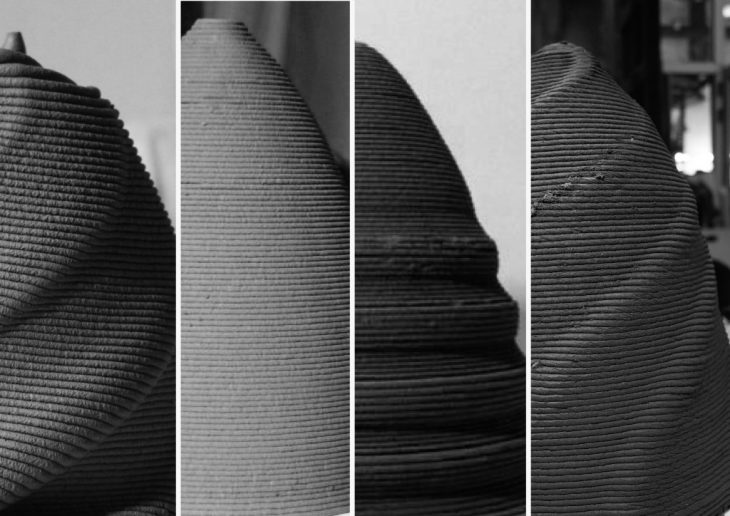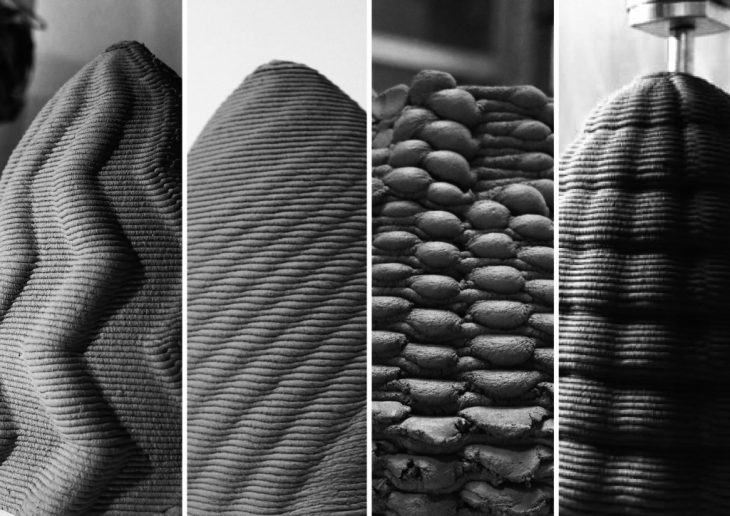
3D PRINTED ADOBE EVAPORATIVE COOLER
The thermal properties of hydrophilic earth-based materials such as adobe have long been recognized and employed for daily uses, which encompasses applications as large as buildings that take advantage of thermal mass that delays the transmittance of heat energy or retains the heat over a period of time, and also as small as cooling devices that hinge on the porosity on the adobe material that allows for water percolation that performs evaporative cooling. In this study, we especially look into the performance of evaporative cooling enabled by 3D printing technique as a preliminary investigation into the combination of the material and the printing technology to be used as passive housing construction in the future.
ZEER POT
ZEER POT is an refrigeration device that operates on evaporative cooling from porous earth-based materials, and thus requires no electricity. A zeer pot is composed of an outer earthenware pot, an inner earthenware pot that stores food such as fruit and vegetables, and sand in the gap between two pots, into which water is poured for evaporation. The energy needed for the process of evaporation will then be removed from the outer pot, which in turn cools down the inner pot. We have then studied and designed the outer pot of a zeer pot to study the influential factors to the cooling effect.
EVAPORATIVE COOLING STRATEGY
A few assumptions are set up on the enhancement of the cooling effect that could be attained by printing technology by several different strategies as below.
1. Increase the amount of evaporative surface area by:
a. generating small-scaled texture on sun-shading or wind-facing surfaces 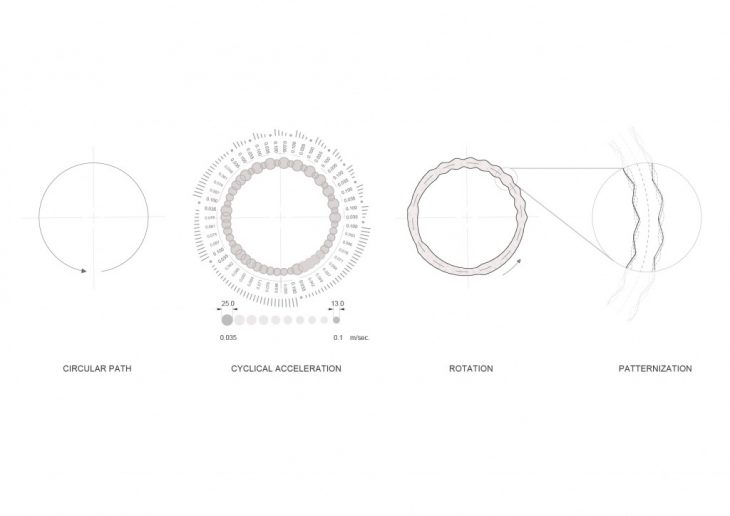
b. generating angled/bumpy sections
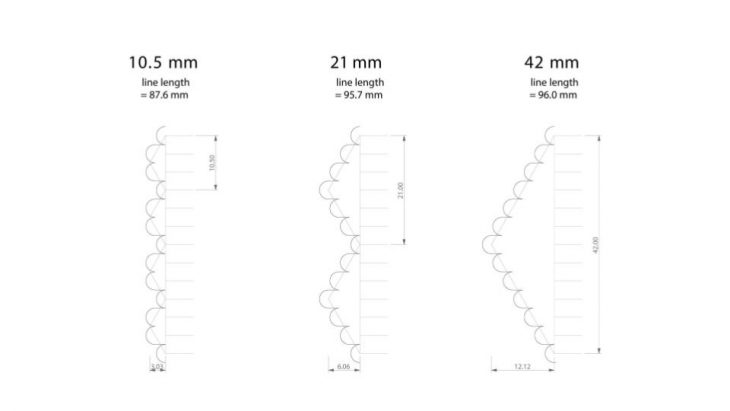
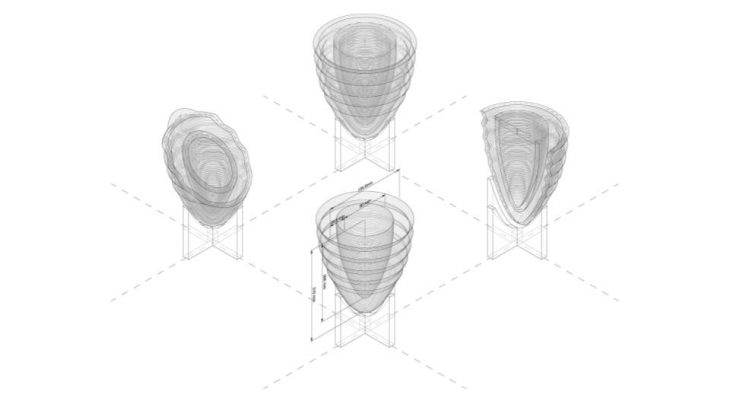
2. Increase water diffusion rate
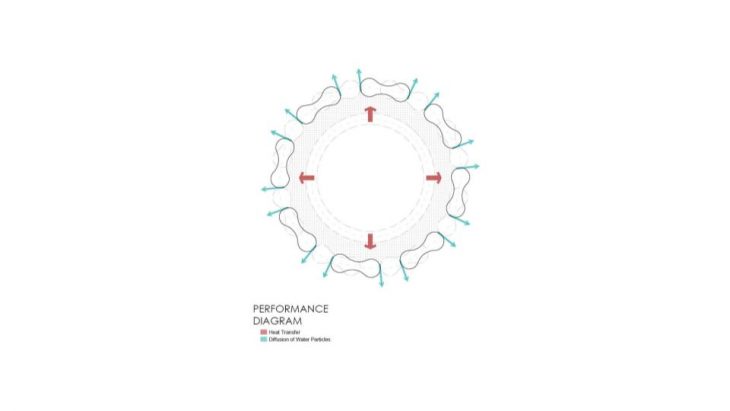
3. Increase shading / avoid direct sunlight
4. Change of material thickness according to the orientation of the cooler
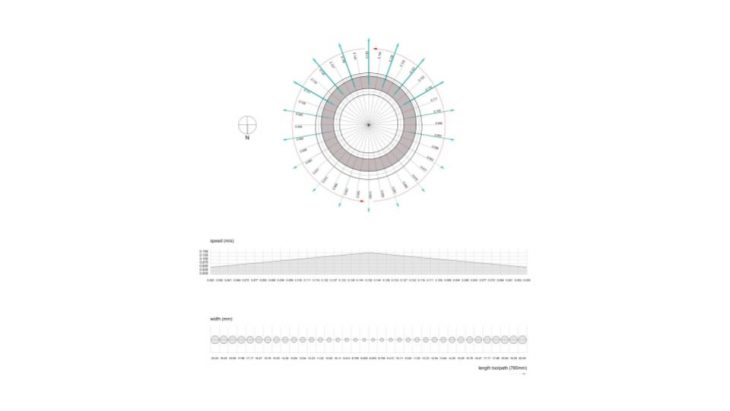
Thickness decreased on the south for evaporation, and increased on the north to prevent heat gain
EVAPORATIVE COOLING TEST ON TEXTURED SURFACE
